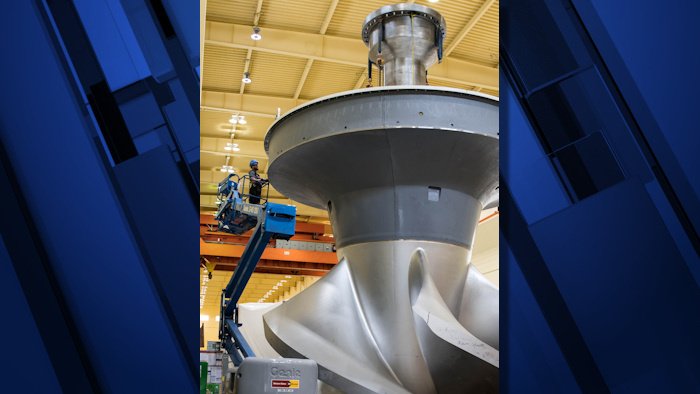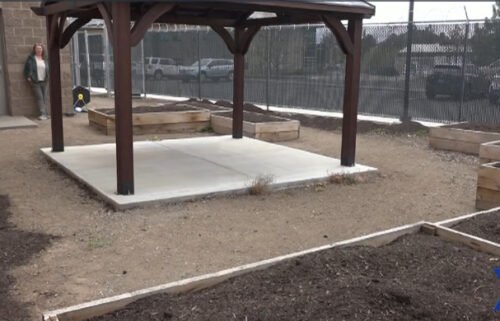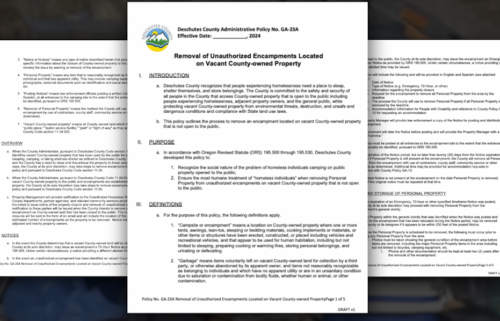NW dam’s new-design turbine more efficient, saves more young fish

BURBANK, Wash. (KTVZ) -- The U.S. Army Corps of Engineers Walla Walla District’s says its new fixed blade hydroelectric turbine increases energy efficiency, while recently concluded fish survival testing shows improved young salmon passage survival.
The Corps’ newly designed turbine at Ice Harbor Lock and Dam, in southeast Washington on the Snake River, is the first of its kind specifically designed for safer fish passage. It also increases turbine efficiency by 4%, which will benefit electricity distributors and consumers, the agency said.
Survival tests were conducted on the new hydroelectric turbine resulting in high direct survival of juvenile salmonids migrating downstream through Unit 2. Corps Biologist Brad Trumbo said “the survival of balloon-tagged juvenile Chinook salmon across the turbine unit operating range was 98.25%.”
In addition to biological testing, the independent lab Pacific Northwest National Laboratory developed “sensor fish,” packed with miniature data collection and released through the turbine to measure pressure and acceleration data, which indicated significant improvement in flow conditions through the turbine passage route, meeting the key design criteria for improved fish passage survival.
The Walla Walla District, in collaboration with the Hydroelectric Design Center and the Engineering Research and Design Center, developed a revolutionary new turbine design process. This design process combined the Corps’ fish passage design and modeling expertise with Voith Hydro Inc.’s prowess in hydroelectric turbine manufacturing. This collaboration resulted in significant design innovations that streamlined flow conditions through the turbines improving the environment for fish passage.
“Significant reductions in strike, exposure to shear, turbulence and low pressure zones, coupled with the high direct survival numbers put the turbine passage route at the same level or better than spillway passage” said Corps Hydraulic Engineer, Martin Ahmann, the project Technical Lead.
“The direct survival results and efficiency improvements of this unit exceed expectations and open the door for further testing and potential rebalancing of operations at the project, improving total project survival and maximizing the stewardship of this precious resource in the Pacific Northwest,” said Corps Hydraulics and Hydrology Branch Chief Shawn Nelson.
The Unit 3 turbine installation is currently underway and scheduled to be completed in 2021, followed by Unit 1 turbine installation, scheduled to be completed in late 2023. Last year, the Corps awarded a contract and efforts are underway for a similar turbine design and replacement process for all 14 turbines at McNary Lock and Dam on the Columbia River.



